7 Tips for Helping Young Children with Autism Develop Language
December 19, 2017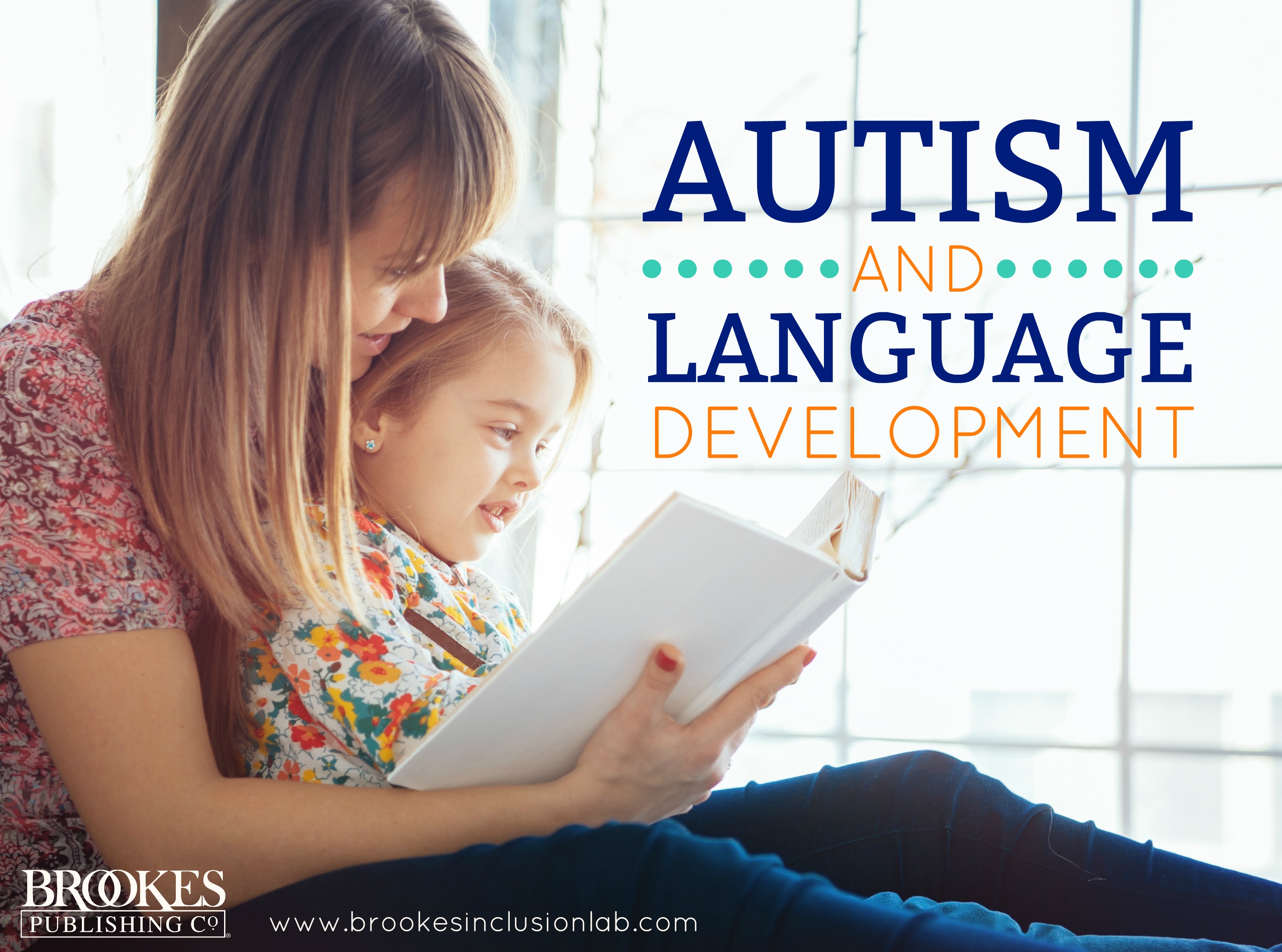
Happy holiday season, Inclusion Lab readers! In today’s post–our last before our short winter hiatus–we’re sharing some quick tips for encouraging young children with autism to imitate and use words and sounds. Adapted from Autism Intervention Every Day! by Merle J. Crawford & Barbara Weber, these strategies are also a great way to boost the language development of any young child, with or without autism. At the end of the post, you’ll get the link to download the full tip sheet with 15 suggestions (a good resource to share with parents of young children).
GROOMING AND HYGIENE
When brushing the child’s hair or teeth, sing a song and pause for the child to fill in words, such as “This is the way we brush your ______.” Ask “Now what?” when the child knows what comes next.
COMMUNITY OUTINGS
As you approach the automatic doors at the grocery store, library, or post office, say “open” and model signing open. If the child does not say the word, assist him or her to make the sign.
HOUSEHOLD ACTIVITIES
Tell the child what you will be doing and model corresponding environmental sounds, actions, and words. When getting ready to vacuum, say “Time to vacuum,” make the whirring sound of a vacuum, and pretend to push a vacuum before turning it on.
MEALTIME/SNACK TIME
Give choices of food and drink for the child to select. Playfully sabotage situations such as giving ice cream but not a spoon to a child who typically uses a spoon. If the child does not request a spoon, ask the child “What do you need?” Give the child small portions so the child must ask for more.
BOOK TIME
For some pictures, ask the child questions that are appropriate for his or her level of language comprehension. For example, begin with “What’s that?” and “Who’s that?” to target nouns, and when those are mastered, progress to “What is he doing?” to target actions with ““ing endings.
BATH TIME
When playing with tub toys, model sounds such as “b-b-b-b” for a boat, and words such as “quack-quack” for a duck. Wave and say “hi” and “bye” to toys when putting them in the tub and putting them away.
BEDTIME
Pat the child’s stuffed animals and tell them “Night-night.” Help the child to do the same. Put your fingers to your lips and say “Shhh” or “Night-night” to the child.
FREE DOWNLOADS
The full tip sheet has 15 suggestions for boosting language development. Download and share it with colleagues and parents!
Today’s tip sheet is from the free ebook From Babbles to Books: Supporting Language & Literacy Development in Early Childhood. Download the whole ebook for dozens of practical tips and strategies!
SEE YOU IN JANUARY!
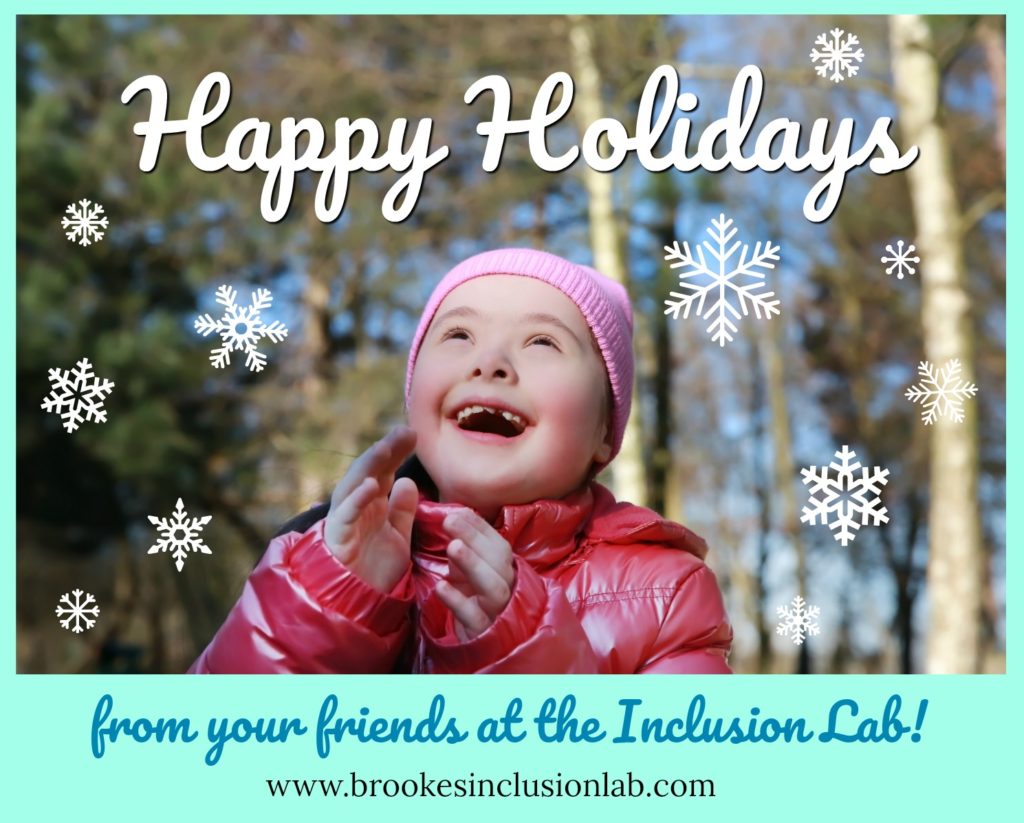 Happy holidays and a very happy new year to all of our readers! Thanks for tuning in every Tuesday for ideas and advice from our experts on how to make classrooms truly inclusive and welcoming. Hope we gave you some helpful tips this year on how to support all students in reaching their full potential.
Happy holidays and a very happy new year to all of our readers! Thanks for tuning in every Tuesday for ideas and advice from our experts on how to make classrooms truly inclusive and welcoming. Hope we gave you some helpful tips this year on how to support all students in reaching their full potential.
We’ll be back on January 16 for a whole new year of helping you reach and teach all learners. In the meantime, if there’s any topic you’d like to see us cover in 2018, send an email to Jen, the Inclusion Lab editor, at jlillis AT brookespublishing DOT com.


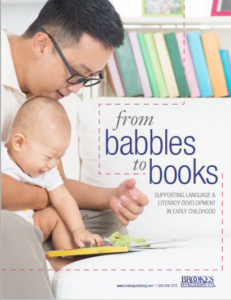
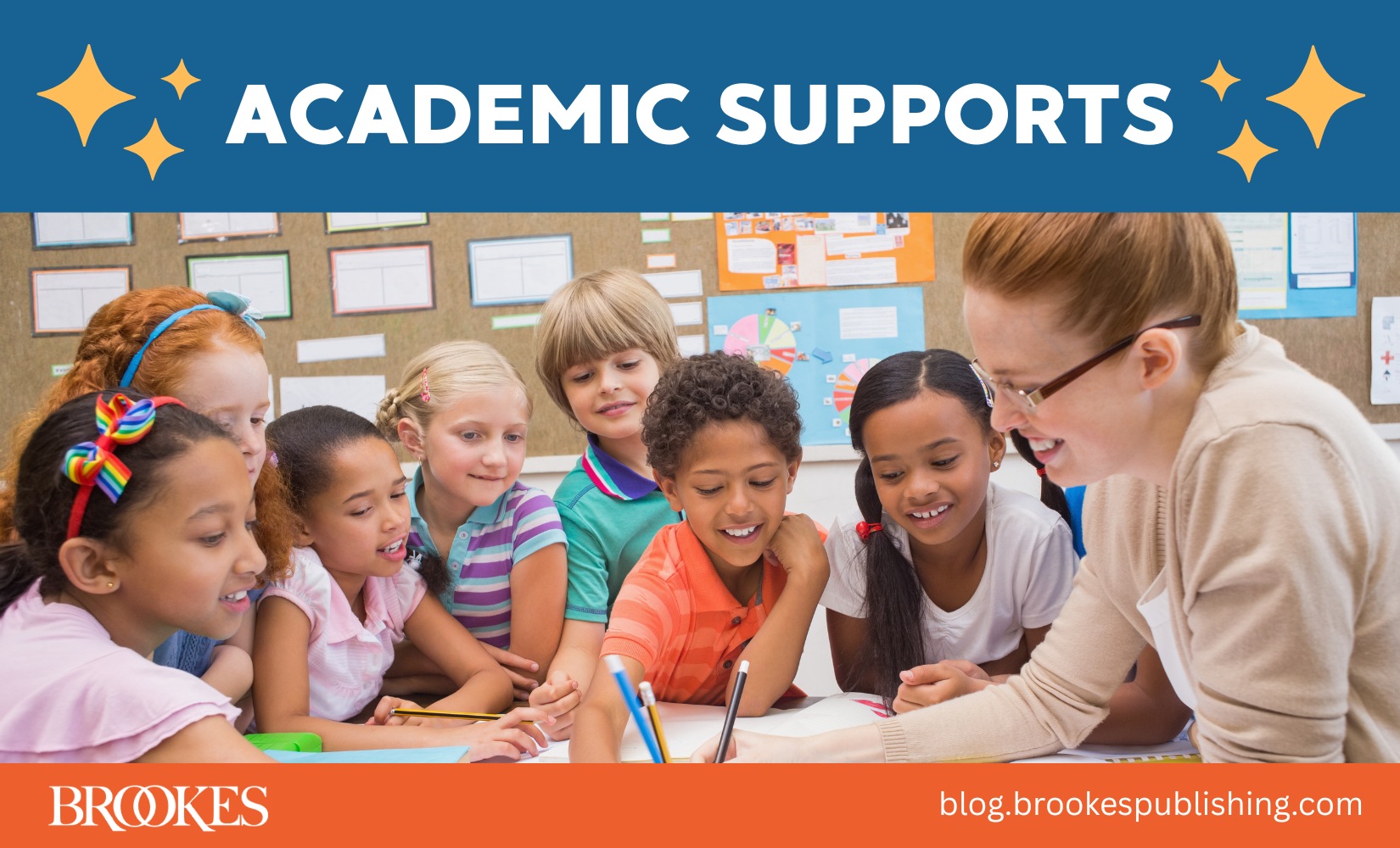

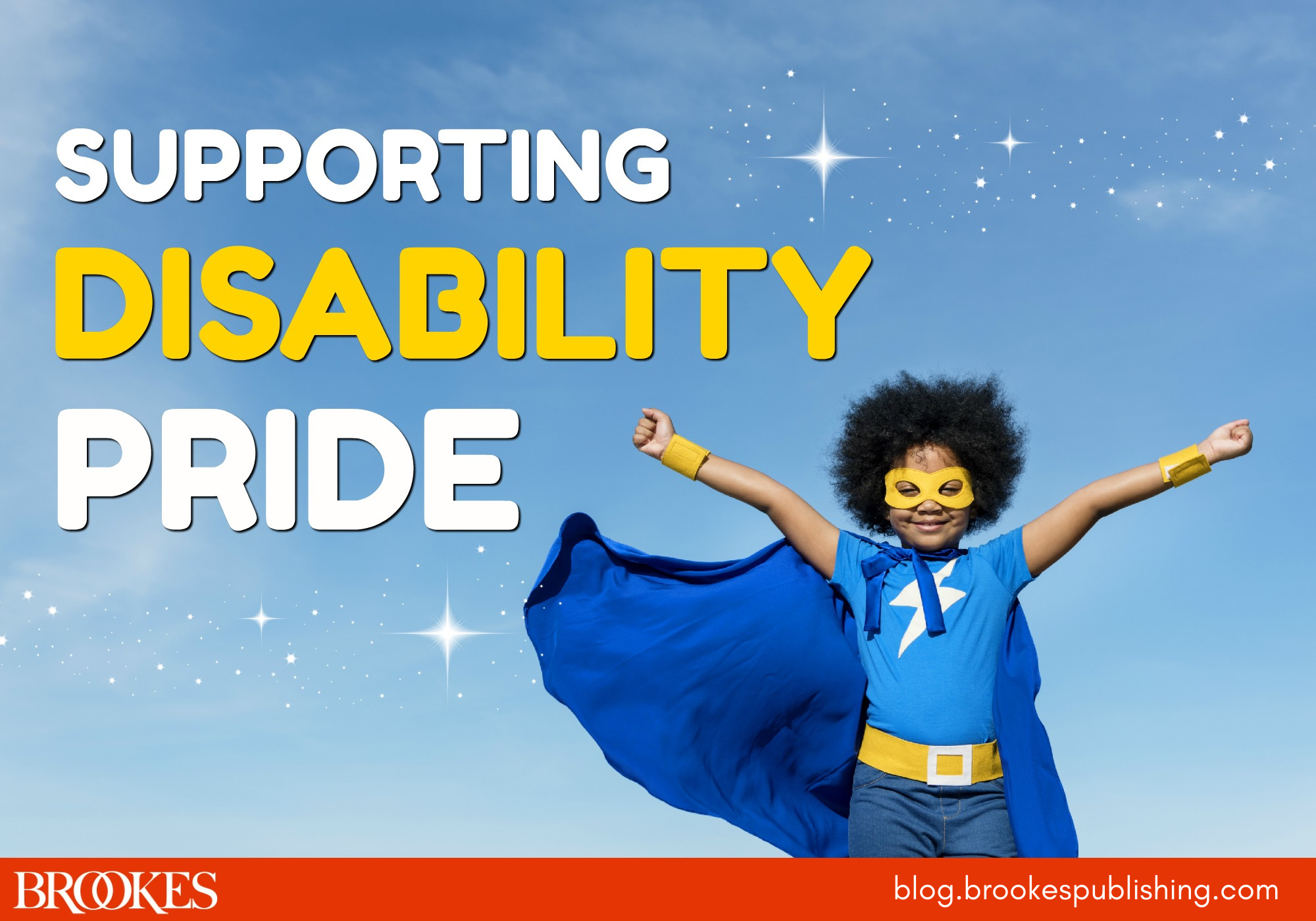
Write a Comment
Your email address will not be published. Required fields are marked *
Post a Comment